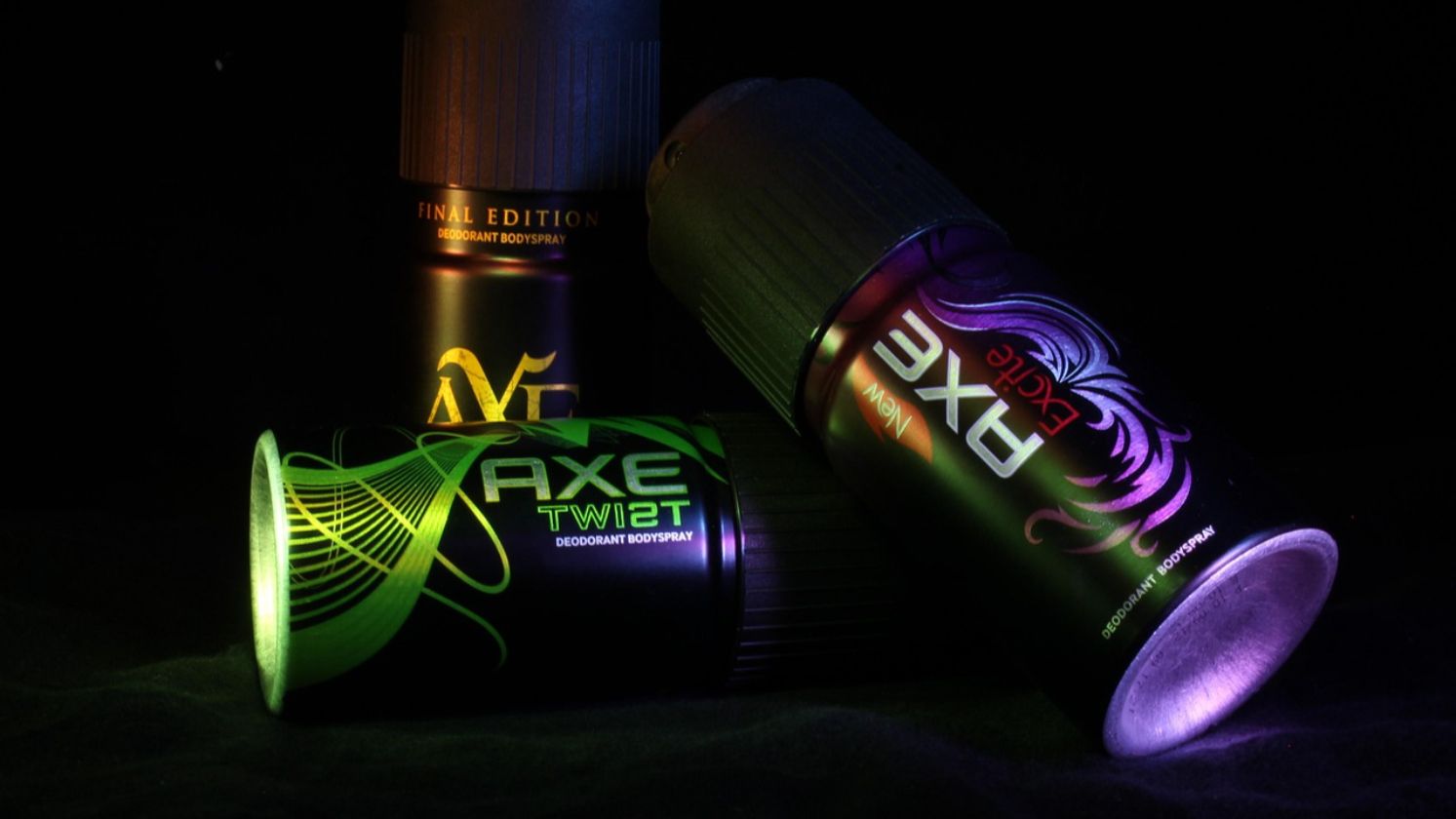It’s Never Too Late
Did you know there are different causes and patterns that impact women’s and men’s hair loss? Because of this, the best way to deal with this unfortunate part of aging may depend on your gender.
1. Iron Deficiency
One common cause of thinning hair and loss in women is a deficiency of iron. The best way to figure out if this is impacting you is to get some bloodwork done. If your levels are in fact low, you can create an easy fix by taking iron supplements.
2. Hormonal Changes
It makes sense that hormonal change can also impact your hair health. For instance, conditions ranging from pregnancy to menopause to PCOS can trigger hair loss. So if you’re unsure of the cause, consult with a doctor to check hormonal shifts.
3. Hair-Healthy Foods
Everyone knows you are what you eat, and this applies to hair care as well. In fact, women should consider eating hair-healthy foods full of zinc, biotin, vitamin D and more to help with hair loss. In easier terms, this includes foods like eggs, lentils, spinach, and salmon.
4. Stick To Loose Styles
Although it may sound insignificant, really tight hairstyles can lead to traction alopecia, which effectively refers to hair loss caused by tension. So this means next time you’re making a ponytail, braid, or bun, leave it a little loose.
5. Professional Treatments
While there is no guaranteed cure-all for hair loss, lots of women find success in using topical minoxidils. These are FDA-approved treatments for female pattern hair loss and can help women see results.
6. Avoid Sulfates
Shampoos with harsh sulfates can also worsen hair loss and only contribute to poor scalp health. That is why it’s important to find gentle shampoos and treat your hair with care when washing.
7. Use Less Heat
Most women who use heat styling products already know this, but it’s important to keep it in mind. Frequent use of hair straighteners can weaken the shafts of your hair. To keep yourself safe, try using a heat protectant spray before applying tools.
8. Avoid Over Brushing
If you’re a woman with long hair, it may feel like you need to brush often to manage your mane. But the reality is that over brushing can actually weaken the hairs, so be sure to pace yourself and not overdo it.
9. Silk Pillowcase
A silk pillowcase is another beneficial idea to help with hair loss. The silk material will reduce friction while sleeping, which will prevent you from weakening hair shafts or irritating your scalp at night.
10. Limit Chemical Treatments
It’s common for women to color their hair or apply various treatments from straightening serums to curl enhancers. However, chemical treatments such as bleaching or coloring also contribute to weak hair shafts, which is why it’s important to limit exposure.
Now that we have talked about what works for women, here are some tips for men.
1. Preventative Care
Male pattern baldness is actually a common condition for men, and most are told that if their parents or grandparents lose hair, then they will too. This means if you see the pattern in your family, you should begin with treatments like minoxidil and finasteride earlier rather than later.
2. Scalp Exfoliation
The health of your scalp directly contributes to the health of your hair. For instance, if you notice dandruff, this can worsen hair loss. So, be sure to address any scalp issues you have first.
3. Avoid Steroids
When you’re participating in gym culture, it’s common to take some supplements to help with muscle mass. However, these same supplements tend to contribute to hair loss. If you’re noticing a sudden change in your hair health after starting some supplements, you might want to reconsider.
4. Reduce Stress
Just like women, hair loss in men can be worsened by the presence of stress. This is because high cortisol is known to disrupt the hair growth cycle. So, if you’re feeling particularly anxious, consider regulating your sleep and getting in mindful exercise.
5. Hair Transplants
It may seem daunting at first, but many men report feeling great after turning to hair transplants. This solution is for more advanced hair loss, and it’s important to seek certified and well-reviewed dermatologists to come up with a plan for you.
6. Try Medication
Although medication may not get to the root of the problem, feel free to consult with your doctor and take conventional treatments. For instance, oral medications are known to help regulate hormones often linked with hair loss.
7. Gentle Shampooing
You can also exacerbate hair loss and irritate your scalp by being too rough with it. So next time you’re washing your hair, be sure to do so gently and with care.
8. Regular Scalp Massages
Getting scalp massages is another way to help with hair loss. These massages will increase blood flow, and the increased flow in turn may stimulate growth and help your hair feel stronger and more secure.
9. Avoid Over-Combing
You can also tend to your hair too much. While it’s nice to use gels and combs to style your hair, it is totally possible to overdo it. This is because the friction can weaken your hair.
10. Try Natural Supplements
While these tips certainly won’t fix the issue, they can help address underlying causes. Natural supplements like pumpkin seed oil and green tea extract are known to inhibit DHT hormones, which can help with some hair loss management.
KEEP ON READING




























